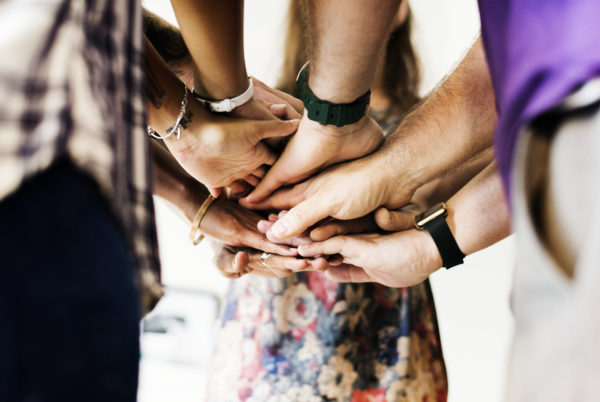Multiculturalism and Conflict Resolution

To have a group of people with different cultures, you do not need to have varying ethnicities or countries of origin. By nature, any group of people has a variety of culture. Culture can be defined as shared, often unspoken, understandings in a group that shapes identities and the process of making meaning. Conflict amongst and between cultures arises when there are differences in norms, values, and beliefs that dictate appropriate behavior, perceptions of risk and/or uncertainty, established hierarchies, power structures, authorities, and communication methods.
While conflict is not inherently bad, it can impede progress on a project. Resolving or reducing conflict successfully requires both the facilitator and the participants to reflect on their own culture and ability to take the perspective of another. The resolution of conflict begins with understanding the cultures of the people involved in the group. Allowing time and space for the identification of longer-term patterns of attitudes, beliefs, assumptions, interactions, policies, and structures with an emphasis on the emotional context to disputes can provide clarity on where conflict is likely to arise. The dynamic systems approach entails an exploration of attitudes, beliefs, and assumptions to find ways of developing new and constructive patterns within the group. By looking first at the roots of each person’s perspective, the group can more easily define actionable, high-impact solutions.
There are two main functions of any social system, such as a community. Internal integration is where the group has a common identification which provides a source of esteem, status, and a sense of inclusion to the members. The other function is external adaptation where everyone is an outsider that is assessing the expectations of others and using social cues to understand what is appropriate within the environment. A balance of these two functions creates an environment where multiculturalism can thrive, and all members feel valued for their uniqueness as well as confident to navigate new environments.
Utilizing the tools of the Integration-Adaptation model: awareness, adaptivity, accuracy, and accountability, will set a facilitator and a group up for success in collaboration. These core components of the model can be evaluated on an individual level as well as an organizational level:
- Awareness of cultural assumptions, cultural rules, racial-ethnic identities, privilege, class, and other components of the perception of ourselves and others.
- Accuracy in reading situations, valuing and verifying data, and recognizing preconceived theories, beliefs, and stereotypes.
- Adaptivity to situational demands in conflict.
- Accountability to self, others, and community by requesting and accepting feedback which is then incorporated into reforms and solutions.
With every individual in a group making sense of and experiencing one another and the environment from a different perspective, conflict in groups is inevitable. Cultural intelligence describes the ability to adapt effectively to new cultural contexts. New cultural contexts occur in daily life whenever at least two people are interacting. Intercultural competence comes with the repeated practice of questioning the generalizability of our assumptions and behaviors.
By establishing a multicultural dynamic within our own organizations and sharing that perspective and philosophy with the communities we serve, we can better facilitate difficult conversations and find solutions to problems with less conflict.
